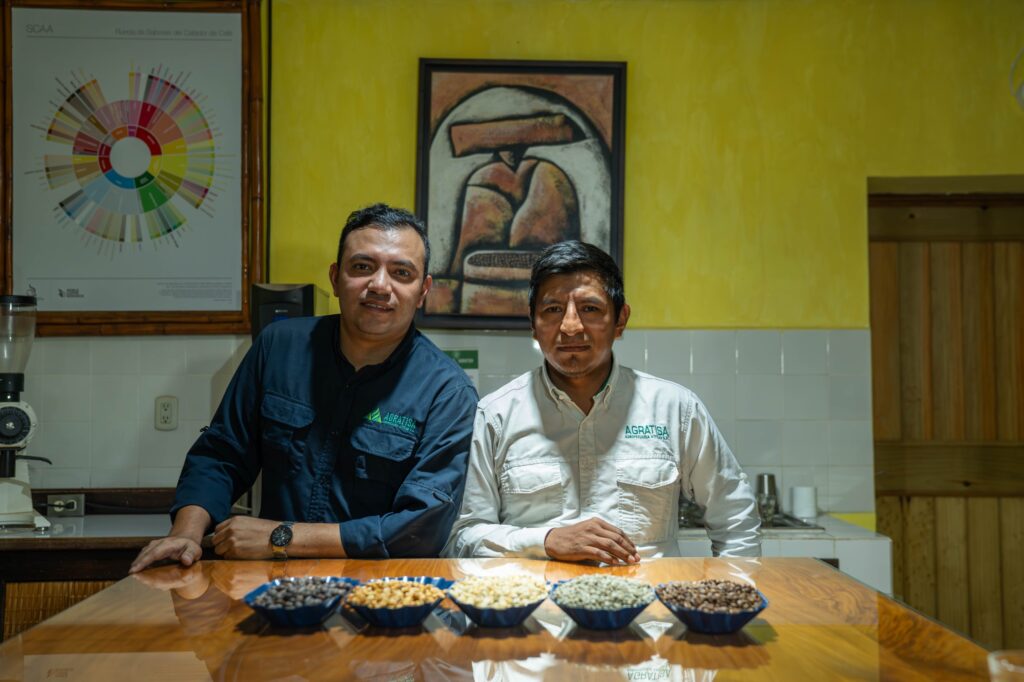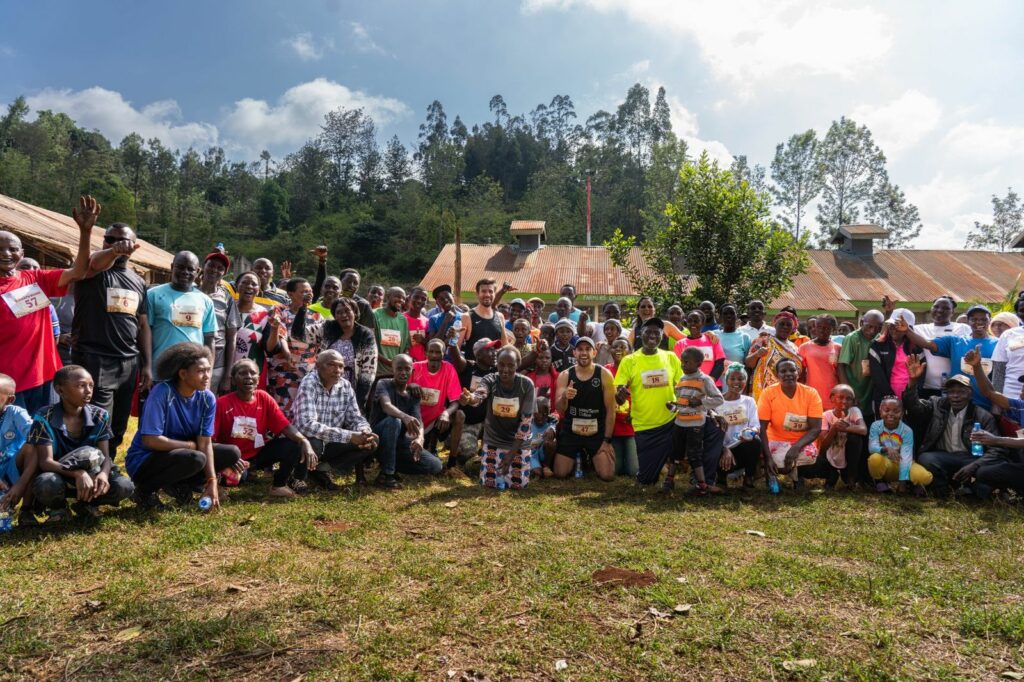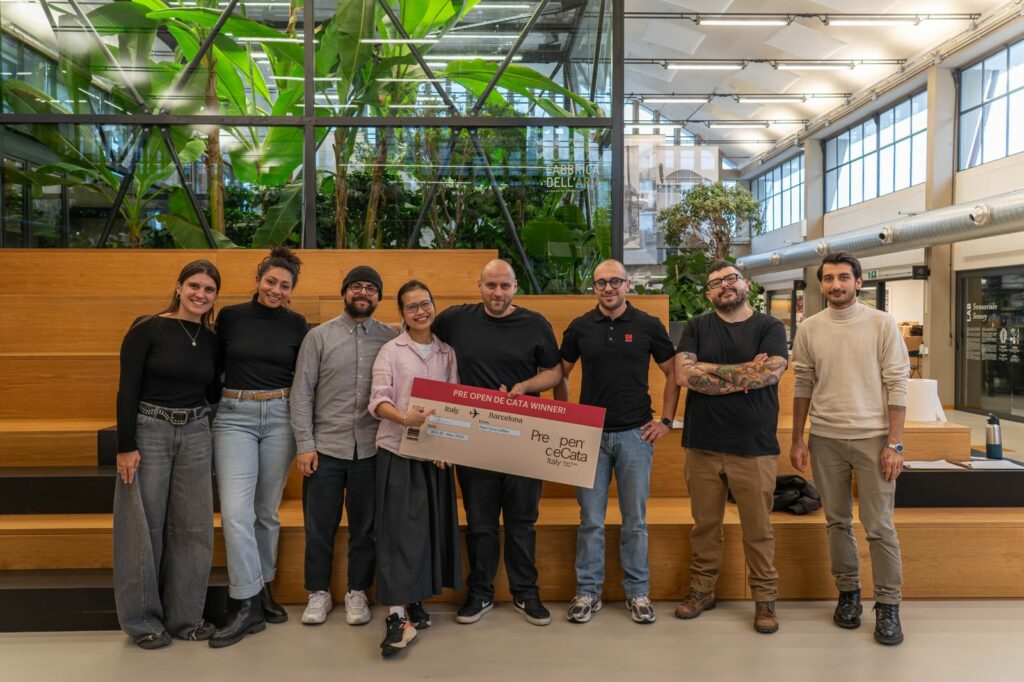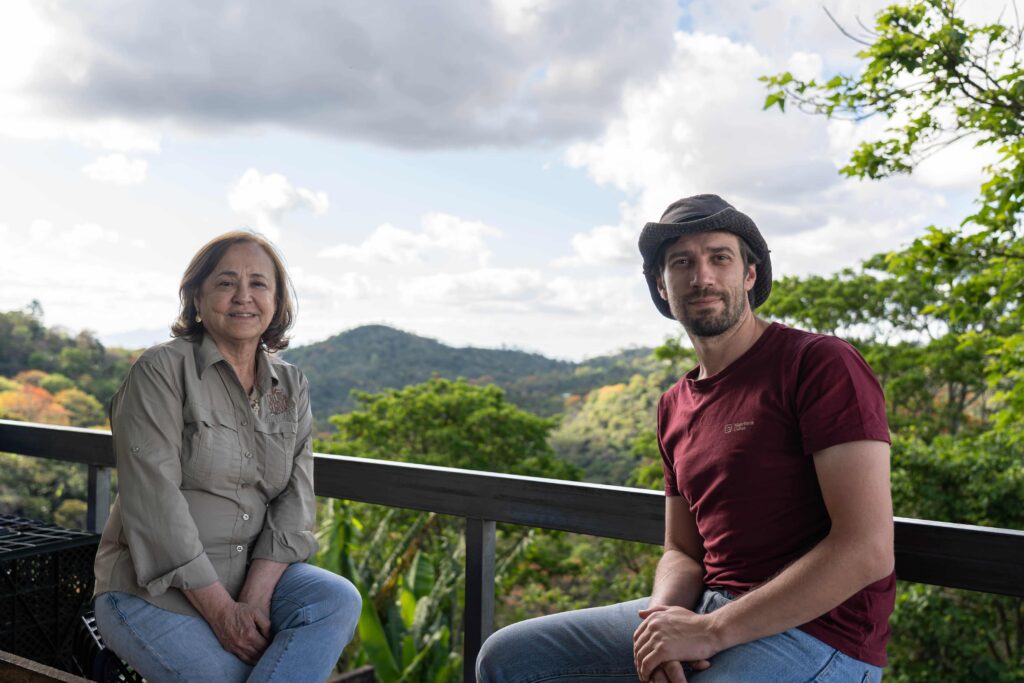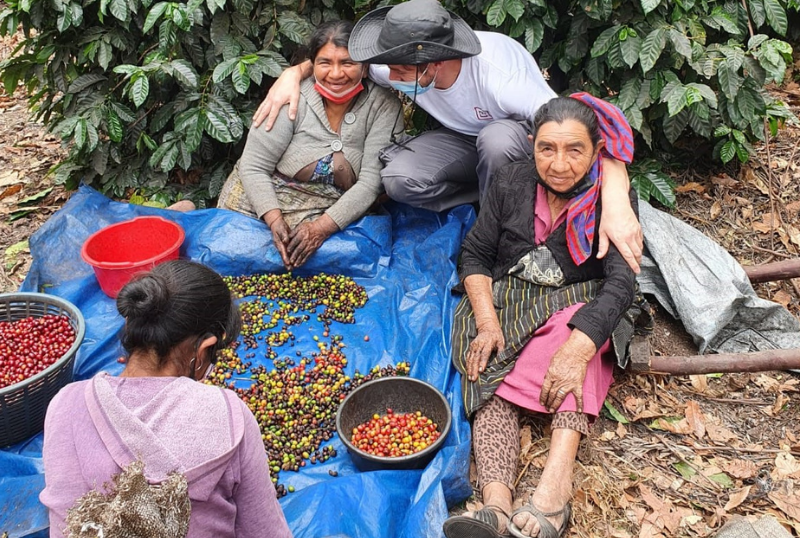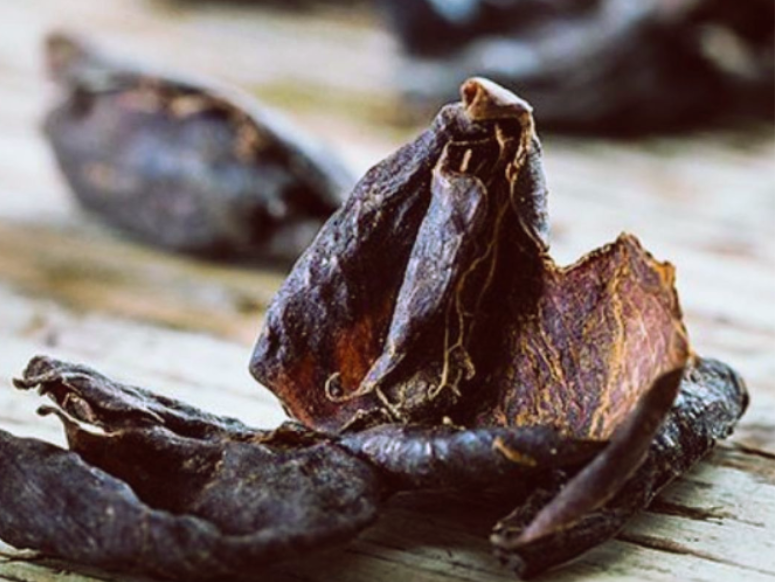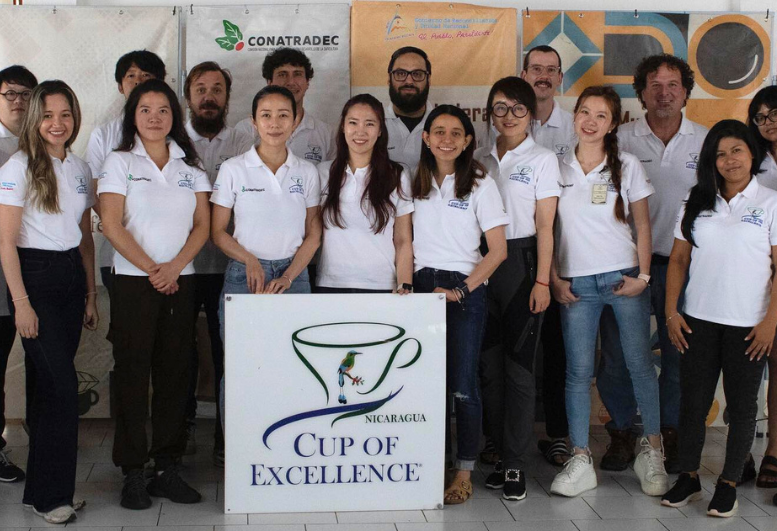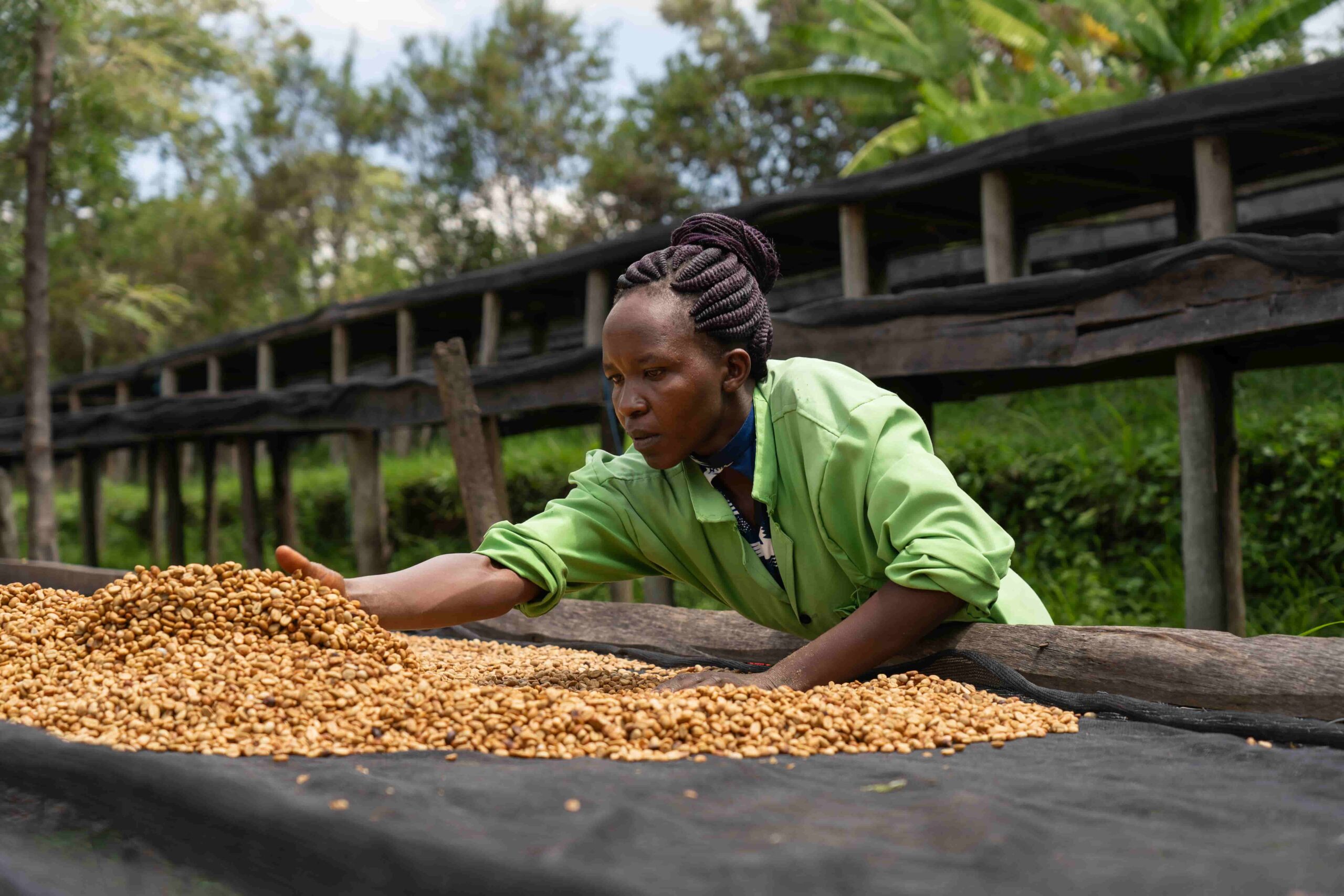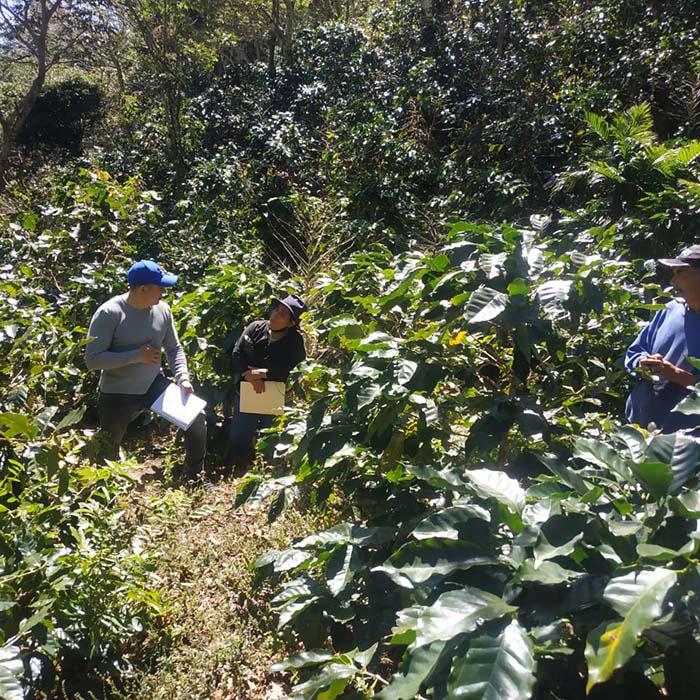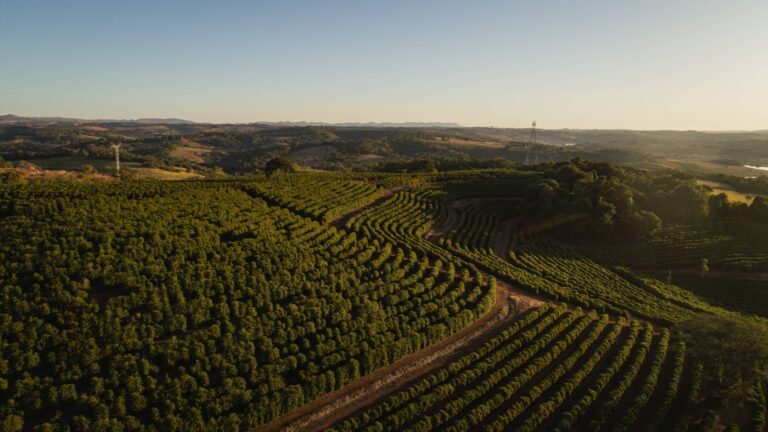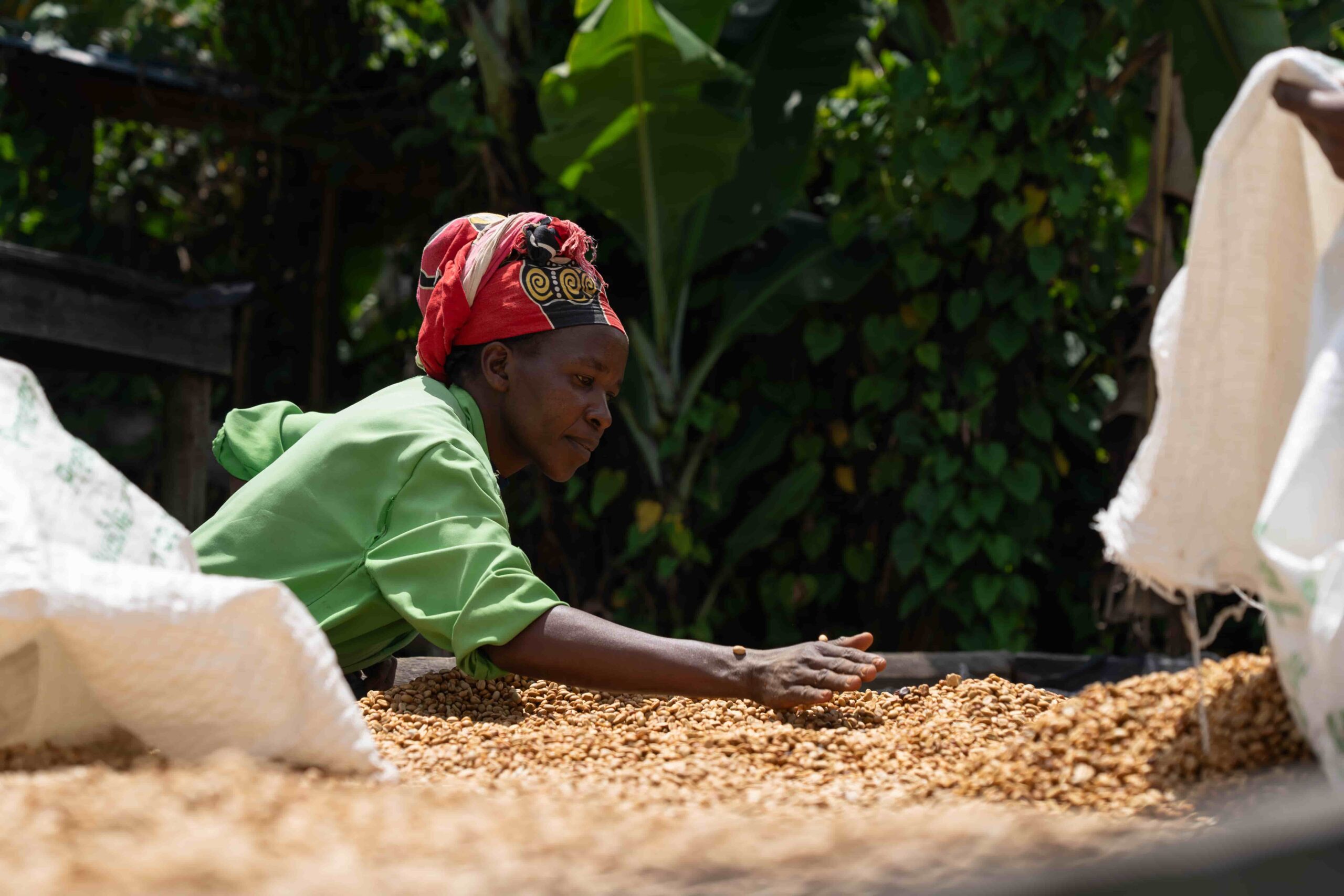Our projects in Guatemala for the new harvest
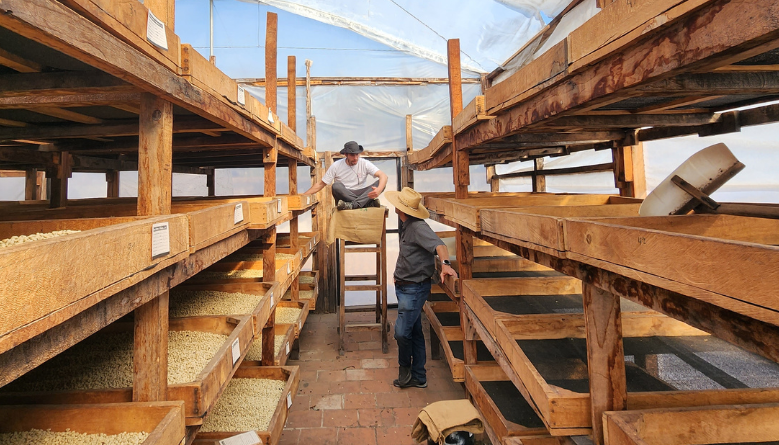
At the end of February we traveled to Guatemala, this is the second year in which we develop our project in the country.
In this post we are going to talk about the Producers we started working with last year and with whom we will continue this year, our visits to the coffee regions of Fraijanes, Antigua and Atitlan and about the qualitative growth in knowledge and infrastructure, which is amazing.
A couple of years ago, when we started the project, we laid the foundations together with our partner, based on the development of some basic, very stable coffees with traditional profiles of their region for our Range TerrasKaape, Mixtli, Tata Nahual, Atotonilco and Saqülew.
Last year we started building the second part of the project, so we started with the search for coffee growers – to expand our Range Constellations-, willing and able not only to clearly follow the established Process recipes, but also to collect data and analyze the results, see mistakes and growth points.
Our main task during this year’s trip has been to work to improve on qualitative growth in the stages where there were deficiencies last year. We have also met new producers who may join our project this year, we will tell you more about them later. Now we tell you about our visits to the Farms Santa Rita, Retana and Pampojilá.

Our first stop in Guatemala was in the coffee region of Fraijanes, at Farm Santa Rita, which corresponds to our star Alnitak. Last year this farm produced for the first time a coffee with a natural process, previously the production was only focused on mechanically washed coffees. This year a magnificent patio has been built for the drying of natural coffees, a great advance for this process to be carried out in the mill.
Héctor, the person in charge of the agricultural processes at the Farm, told us that an impressive job has been done in the renewal of Varietals – they planted 22,000 trees including Pacamara, Catuaí, Yellow Bourbon, Red Bourbon and SL28, in addition 32,500 Catuaí and 8,500 Geisha coffee trees are being strengthened in the greenhouses and will be moved to the land of the farm this year. Therefore we can safely say that this year the Santa Rita Farm is experiencing a renaissance, both in Cultivation and processing.
For this year, we are expecting some very interesting lots.
Our second stop was at the Coffee region of Antigua, in the Farm Retana, where our coffees are grown and named after the star Alnilam.
This Farm is one of the most famous in the Antigua region, with almost a century of history, an estate of 370 hectares, with a good infrastructure and a wonderful team of specialists.
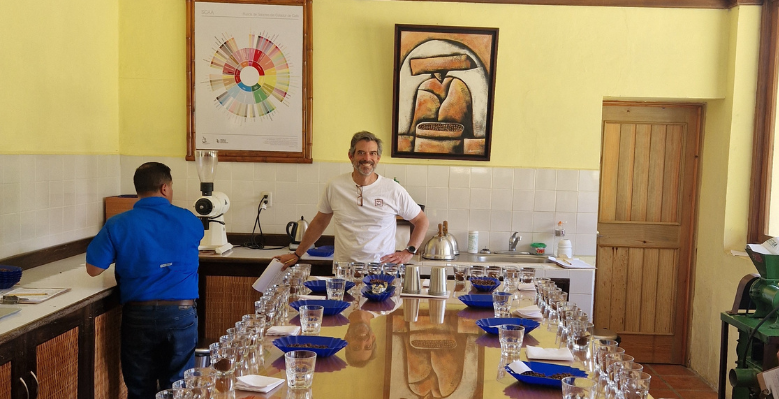
Andrés Felipe Fahsen Rosales is not only the Process Manager at the mill, but also generates and implements ideas to improve the quality and productivity of the coffee plants. Andres is ‘our eyes and hands’ not only at Finca Retana, as he also helps us control and analyze all our processes in Guatemala.
The third stop of our trip took us to the Coffee region of Atitlán, specifically to the Pampojilá Farm.
This large Farm -408 hectares- is where our coffees with the name of the star Meissa are grown.
The history of this Farm begins in 1870, this is one of the oldest farms in Guatemala.
One of the current owners, Alex Herrero has been managing it since 2012 and is now assisted in this business by a wonderful team of specialists: agronomists, biologists, coffee processing and quality control specialists.
This year we are going to develop our most diverse and complex Processes here, since this is the Farm with the best infrastructure, the most precise control and 100% data collection, which together gives us the confidence to know that this year we will be able to offer you a great offer and a different Coffee from the Atitlán region.
In general, following the results of the trip, we are more than convinced of the wisdom of having chosen Guatemala for the development of our project, since as a country of origin of green coffee it is very diverse and produces high quality specialty coffees.
